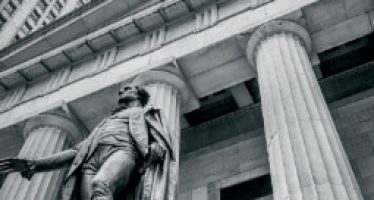Sports United by a Common Goal: Getting Bums Safely Back on Seats
 Sport has cultural and economic importance; every country celebrates stars and leagues and teams in some form. It’s one of the great unifiers.
Sport has cultural and economic importance; every country celebrates stars and leagues and teams in some form. It’s one of the great unifiers.
Sporting events are social events, and — as with some many other aspects of modern life — the pandemic put a hold on that. Public gatherings fly in the face of distancing guidelines — and there is always the risk of a big match becoming a “super-spreader” event.
A recent study by the Johannes Kepler University in Linz, Austria, showed that US cities with National Hockey League and National Basketball Association franchises saw a nine percent rise in Covid-19 infections after games. As both sports are played indoors, they are theoretically an effective way to spread a virus.
But a similar study on outdoor sports, conducted by the University of Reading, found that for every football match played, the infection rate in surrounding towns and cities also increased, by six people per 100,000.
There was apparently still a need to keep fans from the stands.
Findings such as these have affected clubs, leagues and the sports industry. Since the start of the pandemic, the NBA has lost some $450m in revenue and MLB (major league baseball) around $640,000 for every crowd-free game. The problem doesn’t stop at club-level though; the general US sports industry was estimated to have lost $12.3bn by mid-2020.
That affects other professionals, from trainers and physiotherapists to broadcasters and ground staff. The shared goal became how to return to the pitch, field, rink or court in a way that fit with government guidelines.
The NBA played the 2019/2020 season in a quarantined area of Disneyworld in Florida. Players and staff were not allowed to leave the area, and there was minimal interaction with fans or media. This stop-gap solution mitigated the financial drain. Projected ticket sales revenue dropped 10 percent, but that could have been much worse.
The 2020/2021 season started in December with a shorter overall season of 72 games, down on the usual 82. There were hopes that this would reignite the excitement for fans, but only seven teams were able to play all their home games with crowds in attendance.
The delicate nature of sports schedules is a problem. When a single player tests positive, the whole team must be tested and quarantined. Games had to be rescheduled or cancelled, teams were out of practice because of all the delays, and the league suffered.
The NBA was the first to find some solutions. It pioneered the comeback that led the way for American football and baseball to follow. Sport is an integral part of society, economically and culturally. For now, it seems to be on the comeback trail; whether the fans will be allowed to follow remains to be seen.
By Yogesh Patel
You may have an interest in also reading…
Otaviano Canuto, World Bank Group: Walking on the Wild Side – Monetary Policy and Prudential Regulation
Global financial integration and the linkages between the financial and the real sides of economies are sources of huge policy
Otaviano Canuto, IMF: What Happened to World Trade?
World trade suffered another disappointing year in 2015, experiencing a contraction in merchandise trade volumes during the first half and
Davos: Globalists Hail President Xi Jinping
This week, China debuts on the world stage as the unlikely saviour of globalism. President Xi Jinping, an ardent nationalist


















































































